TOULOUSE, France: In a recent study, French, Italian and Spanish researchers have investigated some of the oldest fossil dental remains from Middle Pleistocene Europe. Using micro-CT scanning and detailed morphological analysis, they examined the shape and arrangement of tooth tissue and compared it with that of the teeth of other human species.
The CT scans revealed a Neanderthal-like signature, also resembling the condition shown by the contemporary assemblage of fossils from Atapuerca Sima de los Huesos, one of a series of caves in northern Spain in which more than 1,600 human remains were found. Head researcher Dr Clément Zanolli, a paleoanthropologist at the Université Toulouse III Paul Sabatier in France, believes this indicates that an overall Neanderthal morphological dental template was preconfigured in western Europe at least 430,000–450,000 years ago.
With much debate around the identities and relationships of Middle Pleistocene ancient humans in Eurasia over the years, researchers believe the discovery of Neanderthal-like teeth so early in the record adds support to the suggestion of an early divergence of the Neanderthal lineage from today’s humans, around the Early–Middle Pleistocene transition. Additionally, the teeth are notably different from other teeth from this time in Eurasia, suggesting that there may have been multiple human lineages populating the region at this time, adding to a growing list of evidence that the Middle Pleistocene was a period of more complex human evolution than previously recognised.
The teeth, estimated to be around 450,000 years old, come from two separate sites—Fontana Ranuccio, located 50 km south-east of Rome, and Visogliano, located 18 km north-west of Trieste in Italy. These remains “represent among the oldest human fossil remains testifying to a peopling phase of the Italian Peninsula” according to Zanolli.
The study, titled “The Middle Pleistocene (MIS 12) human dental remains from Fontana Ranuccio (Latium) and Visogliano (Friuli-Venezia Giulia), Italy. A comparative high resolution endostructural assessment”, was published in PLOS ONE on 3 October 2018.
Tags:
NEW YORK, U.S.: Throughout history, human exposure to various metals and its effects have been investigated numerous times. In a new study, scientists from ...
LAWRENCE, Kan., USA: A new study led by a University of Kansas researcher has discovered multiple toothpick grooves on teeth and signs of other dental ...
NEW YORK, U.S.: The over-prescription of opioids in the United States is a subject that has been addressed significantly in recent years. An issue that is ...
LONDON, UK: Looking back in time through archaeology has revealed many insights to explain where Homo sapiens came from. By examining teeth, scientists have...
BOSTON, U.S.: Cigarette smoke contains microbes and microbial toxins, such as endotoxin and glucan, that may have adverse respiratory effects. However, the ...
VIENNA, Austria: Molar incisor hypomineralisation (MIH) has a significantly high global prevalence, affecting around 14% of the world’s population, and ...
LOS ANGELES, U.S.: Researchers have recently examined shed primary teeth of children living near the Exide Technologies plant in Verona, California. Two ...
DUBLIN, Ireland: Free sugars (FS) are sugars added to food during its production, as well as the sugars naturally present in honey, syrups and fruit juices....
JOHANNESBURG, South Africa: For many populations in rural Africa, data on uncompromised development and growth variation is lacking, and researchers ...
BRISBANE, Australia: South East Asia is a key region for understanding the human dispersal out of Africa and down to Australia. It is a common consensus ...
Live webinar
Mon. 12 January 2026
9:00 am EST (New York)
Prof. Judith Jones D.D.S; M.P.H., Prof. Kakuhiro Fukai D.D.S., Ph.D, Dr. Bathsheba (Bethy) Turton
Live webinar
Wed. 14 January 2026
12:00 pm EST (New York)
Dr. Théo Laplane, Dr. Robert Gottlander DDS
Live webinar
Fri. 16 January 2026
12:00 pm EST (New York)
Live webinar
Mon. 19 January 2026
1:00 pm EST (New York)
Philipp Kopp, Michael Seeber
Live webinar
Thu. 22 January 2026
2:00 pm EST (New York)
Dr. Nicola M. Grande DDS, PhD
Live webinar
Wed. 28 January 2026
8:00 am EST (New York)
Live webinar
Wed. 28 January 2026
11:00 am EST (New York)
Prof. Dr. Jan-Frederik Güth



 Austria / Österreich
Austria / Österreich
 Bosnia and Herzegovina / Босна и Херцеговина
Bosnia and Herzegovina / Босна и Херцеговина
 Bulgaria / България
Bulgaria / България
 Croatia / Hrvatska
Croatia / Hrvatska
 Czech Republic & Slovakia / Česká republika & Slovensko
Czech Republic & Slovakia / Česká republika & Slovensko
 France / France
France / France
 Germany / Deutschland
Germany / Deutschland
 Greece / ΕΛΛΑΔΑ
Greece / ΕΛΛΑΔΑ
 Hungary / Hungary
Hungary / Hungary
 Italy / Italia
Italy / Italia
 Netherlands / Nederland
Netherlands / Nederland
 Nordic / Nordic
Nordic / Nordic
 Poland / Polska
Poland / Polska
 Portugal / Portugal
Portugal / Portugal
 Romania & Moldova / România & Moldova
Romania & Moldova / România & Moldova
 Slovenia / Slovenija
Slovenia / Slovenija
 Serbia & Montenegro / Србија и Црна Гора
Serbia & Montenegro / Србија и Црна Гора
 Spain / España
Spain / España
 Switzerland / Schweiz
Switzerland / Schweiz
 Turkey / Türkiye
Turkey / Türkiye
 UK & Ireland / UK & Ireland
UK & Ireland / UK & Ireland
 Brazil / Brasil
Brazil / Brasil
 Canada / Canada
Canada / Canada
 Latin America / Latinoamérica
Latin America / Latinoamérica
 USA / USA
USA / USA
 China / 中国
China / 中国
 India / भारत गणराज्य
India / भारत गणराज्य
 Pakistan / Pākistān
Pakistan / Pākistān
 Vietnam / Việt Nam
Vietnam / Việt Nam
 ASEAN / ASEAN
ASEAN / ASEAN
 Israel / מְדִינַת יִשְׂרָאֵל
Israel / מְדִינַת יִשְׂרָאֵל
 Algeria, Morocco & Tunisia / الجزائر والمغرب وتونس
Algeria, Morocco & Tunisia / الجزائر والمغرب وتونس
 Middle East / Middle East
Middle East / Middle East

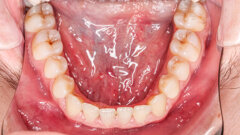






















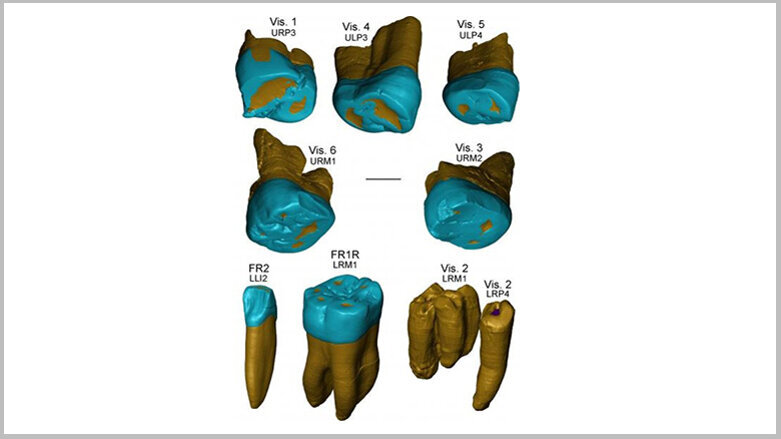



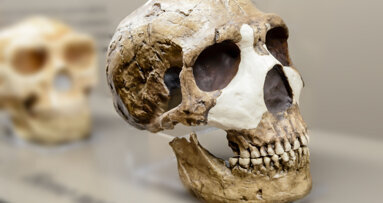
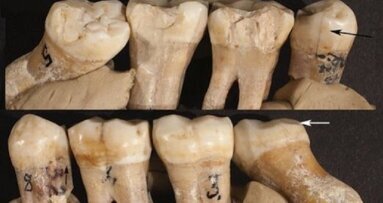

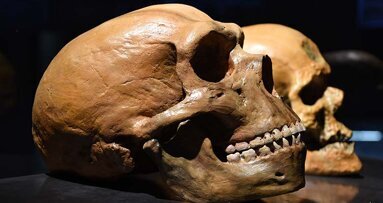





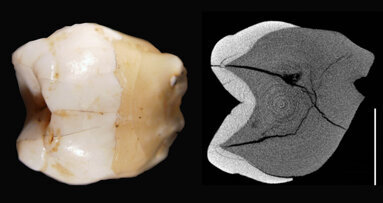










To post a reply please login or register